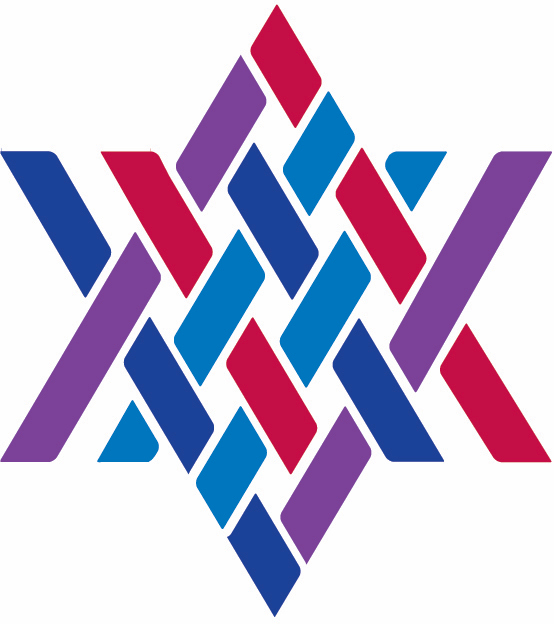B’har-B’hukotai
By Yechiel Buchband
As we open our portions, we may expect to find the
common phrase ‘Adonai spoke to Moses, saying . . .’
But we get a new addition to that phrase:
‘VaY’daber Adonai el-Moshe b’Har-Sinai
Laymor’ (Lev. 25:1). We might well wonder,
weren’t all these many mitzvot in Sefer
VaYikra spoken on/at/near Mt. Sinai? Why add
these words here?
Rashi frames the question a bit differently,
anticipating the first topic dealt with in the portion,
the Sabbatical or sh’mitah year. He asks – in
words so apt that they’ve become a saying in
Hebrew ‘ Mah inyan Sh’mitah eytzel Har-Sinai?!
(What’s the issue of Sh’mitah doing next
to Mt. Sinai; or, what does one thing have to do with
another?) Quoting the midrash in Sifra, Rashi
answers that the words b’Har Sinai come here
to inform us that just as this mitzvah of
Sh’mitah was taught at Read More >

